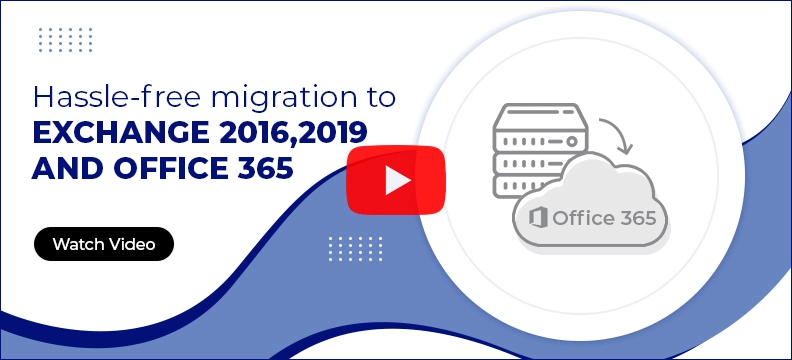Exchange Migration Tool to Migrate Bulk Exchange Mailboxes
Use the Exchange migration tool to migrate mailboxes, public folders, and groups between on-premises Exchange Server, Hosted Exchange, and Exchange Online. The tool provides features, such as pre-migration analysis, filters for selective migration, detailed migration reports, etc. All these features collectively make Kernel Migrator for Exchange an ideal choice to attain smooth migration experience.
- Support for intra-forest, cross-forest, and hybrid migration
- Migrate all mailbox components, namely emails, contacts, calendars, etc.
- Move data across on-premises Exchange, Hosted Exchange, and Exchange Online
- Synchronize Global Address List during Exchange migration
- Migrate public folders to shared or archive mailbox
- Use the Pre-migration analysis feature to find the approximate time of migration
- Migrate Outlook Profiles, rules, and permissions (mailbox and folder)
- Map users automatically or using a pre-mapped CSV file


 Exchange to Office 365
Exchange to Office 365 Exchange/Office 365 Backup
Exchange/Office 365 Backup Public Folder Migration
Public Folder Migration Cross-forest Migrations
Cross-forest Migrations

